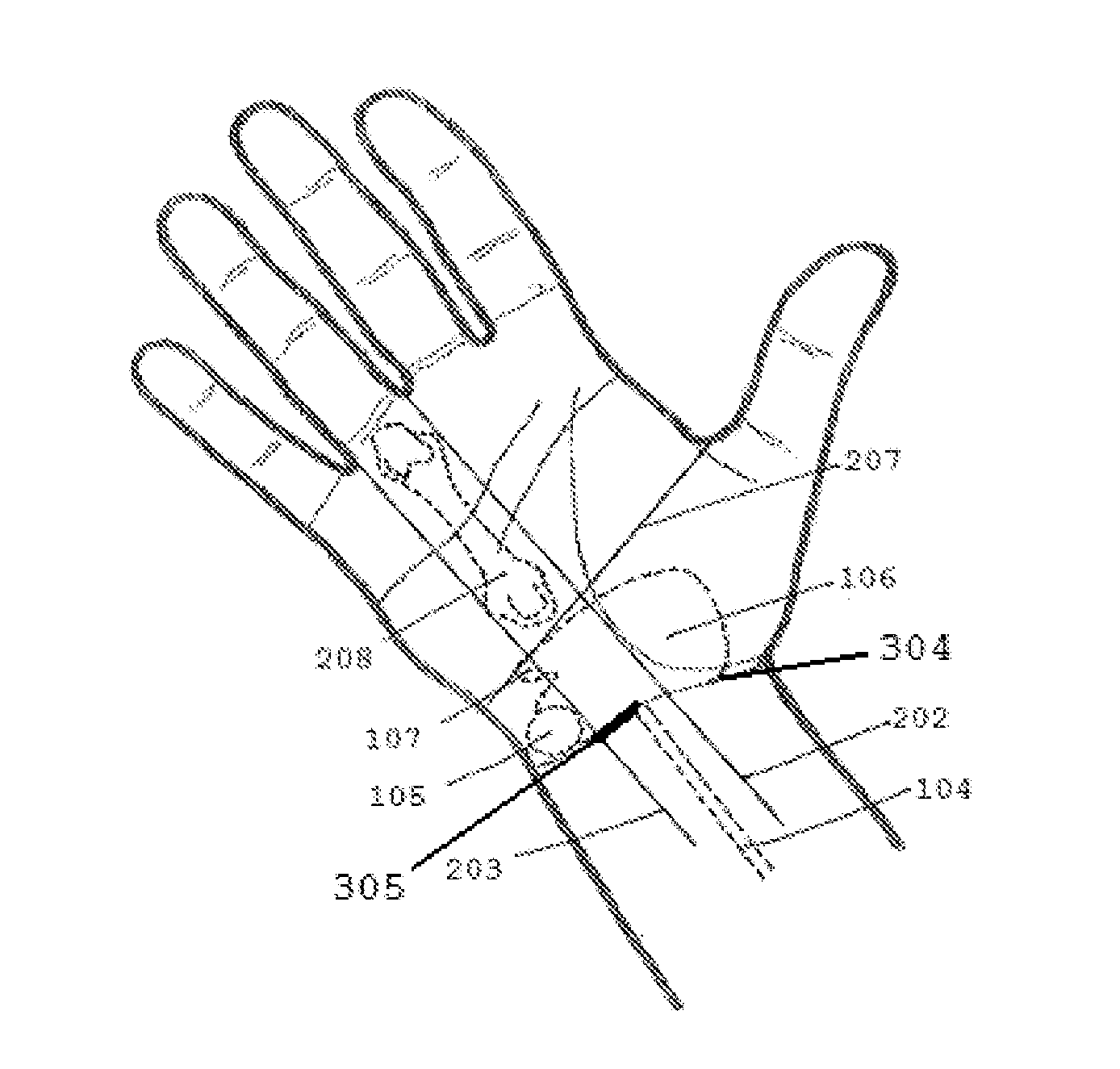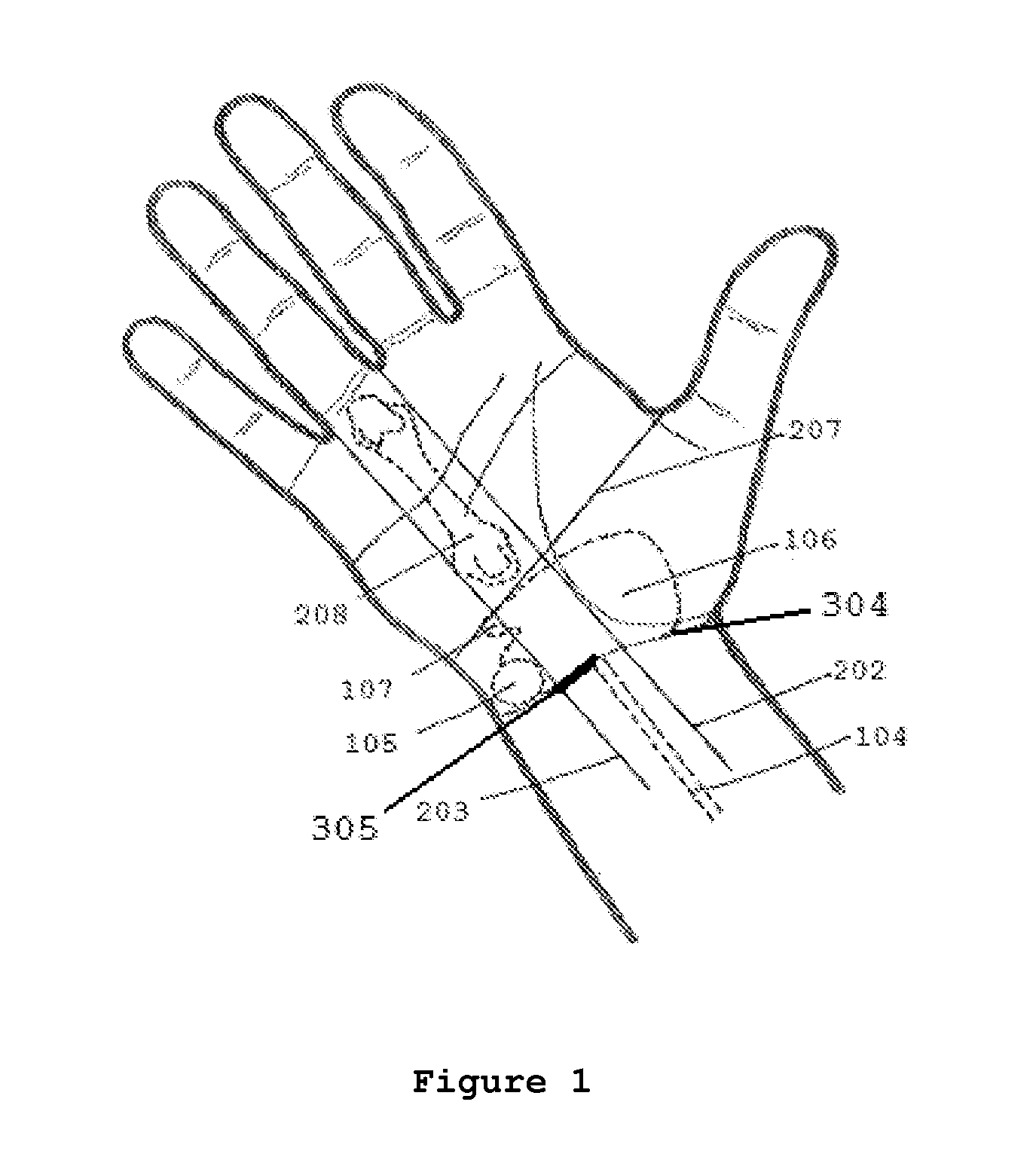Surgical set of instruments for precision cutting
a surgical and precision cutting technology, applied in the field of precision cutting set of surgical instruments, can solve the problems of long learning curve, need of special expensive equipment, and long learning curve of parts, and achieve the effect of reducing or greatly reducing the pain of incisions and pillars
- Summary
- Abstract
- Description
- Claims
- Application Information
AI Technical Summary
Benefits of technology
Problems solved by technology
Method used
Image
Examples
Embodiment Construction
[0032]For the purposes of promoting an understanding of the principles of the invention, reference will now be made to the embodiment illustrated in the drawings and specific language will be used to describe the same. It will nevertheless be understood that no limitation of the scope of the invention is thereby intended, such alterations and further modifications in the illustrated devices, and such further applications of the principles of the invention as illustrated therein being contemplated as would normally occur to one skilled in the art to which the invention relates.
[0033]The present invention relates to a set of surgical instruments particularly suited, but not exclusively, for carpal tunnel release surgeries, and its method of use, which allows the performance of an incision in the TCL without direct vision of the ligament, except for its most proximal border, but with guidance and safety when handling the knife, eliminating or greatly reducing the probability of cutting...
PUM
 Login to View More
Login to View More Abstract
Description
Claims
Application Information
 Login to View More
Login to View More - R&D
- Intellectual Property
- Life Sciences
- Materials
- Tech Scout
- Unparalleled Data Quality
- Higher Quality Content
- 60% Fewer Hallucinations
Browse by: Latest US Patents, China's latest patents, Technical Efficacy Thesaurus, Application Domain, Technology Topic, Popular Technical Reports.
© 2025 PatSnap. All rights reserved.Legal|Privacy policy|Modern Slavery Act Transparency Statement|Sitemap|About US| Contact US: help@patsnap.com



